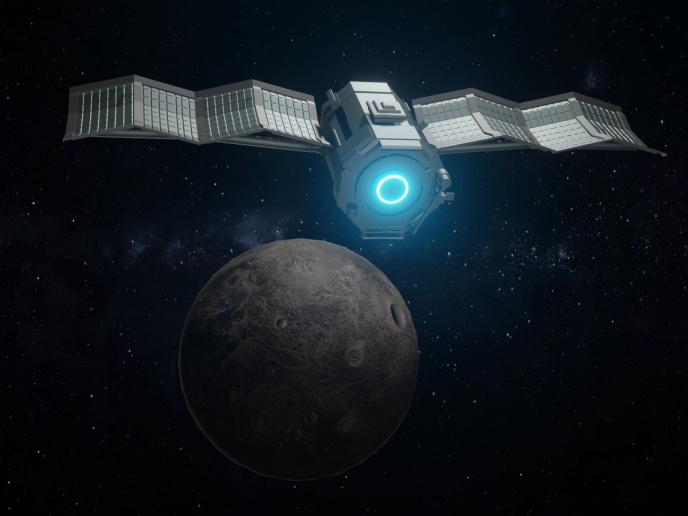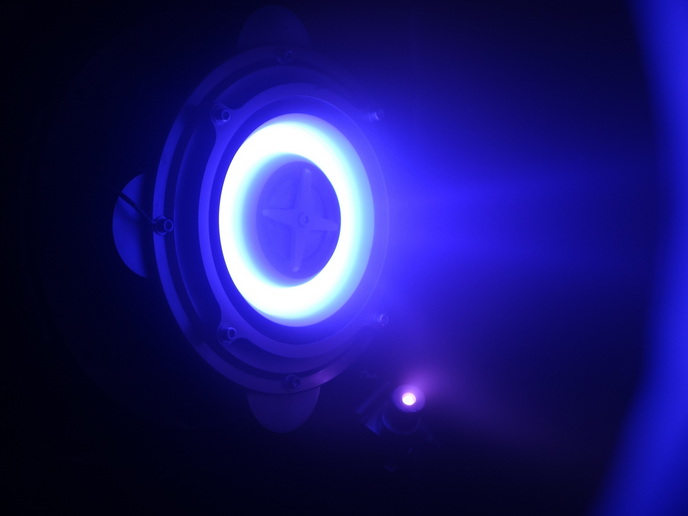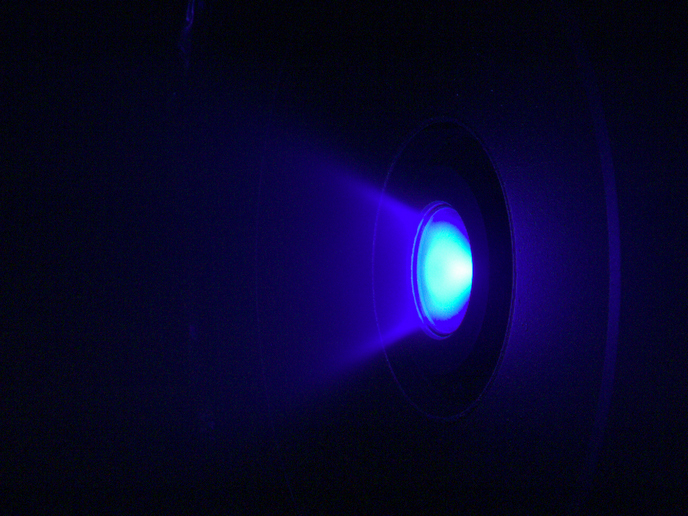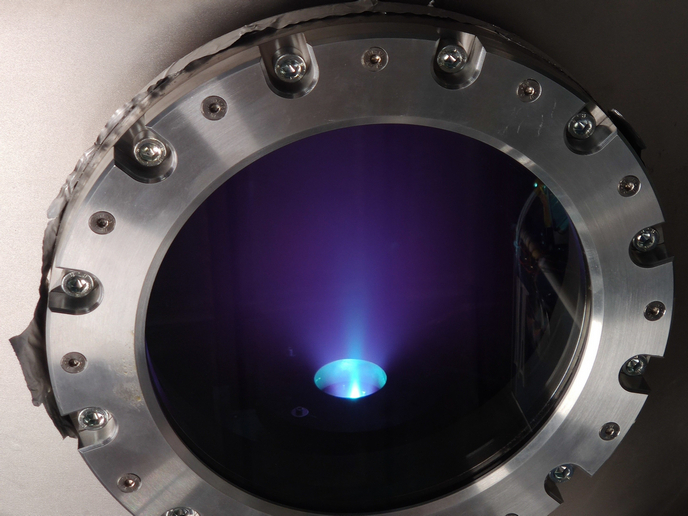Xenon loses ground to more cost-efficient satellite fuel competitor
The number of small satellites orbiting Earth has been steadily increasing over the past decade thanks to tiny electronics and reduced launch costs. In the coming years, satellite operators such as OneWeb and StarLink plan to launch tens of thousands of satellites into orbit to enhance internet coverage and improve earth observation. Typically, the electric propulsion systems powering these small satellites comprise complex electronics and rely on gas propellants like xenon or krypton, which are expensive and in short supply.
An abundant, cost-efficient alternative to standard satellite fuels
The EU-funded iFACT project introduced novel thruster architecture and the use of a cheaper propellant alternative to increase competitiveness in the electric propulsion market. Researchers turned to iodine as a viable replacement for xenon, an element that is found naturally in soil and the ocean. Its use as a propellant greatly simplifies the propellant feeding subsystem architecture, leading to significant cost savings. Although it has roughly the same mass as xenon, its storage density is three times higher than xenon’s, which helps decrease the mass of the feeding subsystem. Project coordinator Franz Georg Hey states: “We have developed and demonstrated key building blocks to foster the use of iodine as propellant for electric propulsion. Since 2020, three different iodine-fed thrusters have been built (with powers ranging from 10 to 1 000 W) and one has been successfully coupled with a CubeSat platform designed by Endurosat.”
Iodine-optimised architecture
Designed by Airbus, the advanced cusp field thruster (ACFT) is a promising electric thruster that runs on iodine. The thruster, which consists of a pair of magnets, two pole shoes, a magnetic anode and a dielectric discharge chamber, can be easily ignited and maintains a stable plasma discharge. “The 300-W ACFT has operated more than 3 000 h in a dedicated iodine-compatible vacuum facility developed by project partner Aerospazio Technologie in Italy. This is a very important achievement for iodine propulsion, demonstrating the possibility of feeding multiple kilograms of iodine on a single thruster,” remarks Georg Hey. At the edges of the anode, the propellant is fed into the discharge chamber of the thruster. At the thruster exit, a hollow cathode emits electrons to neutralise the extracted ion beam and maintain the plasma discharge. The project team designed hollow cathodes that provide electrons for both plasma generation and beam neutralisation. Generating high amounts of plasma, hollow cathodes self-heat and adjust their voltage drop to provide the internal heating necessary to produce the desired ion discharge. The project team experimented with different cathode materials to test compatibility with iodine. “Calcium-aluminate (C12A7) is a promising cathode material that is likely to be compatible with iodine. The positively charged iodine ions, which are accelerated by an electric field, provide the thrust. After leaving the engine, the positively charged iodine ions are neutralised again by adding electrons to the current to prevent a negative electrical charge on the satellite,” explains Georg Hey. Moreover, the material has a smaller work function than the commonly used lanthanum hexaboride (LaB6). Ultimately, the project team has demonstrated that at low partial pressures, iodine causes no degradation to the satellite and is therefore safe for use as a propellant. iFACT activities provided sufficient data on how iodine behaves with the materials used in the propulsion system. Researchers hope that iodine use will not only help reduce fuel costs and volume, but also lead to significantly smaller and lighter propulsion modules.
Keywords
iFACT, iodine, satellite, xenon, electric propulsion, plasma, hollow cathode, advanced cusp field thruster







